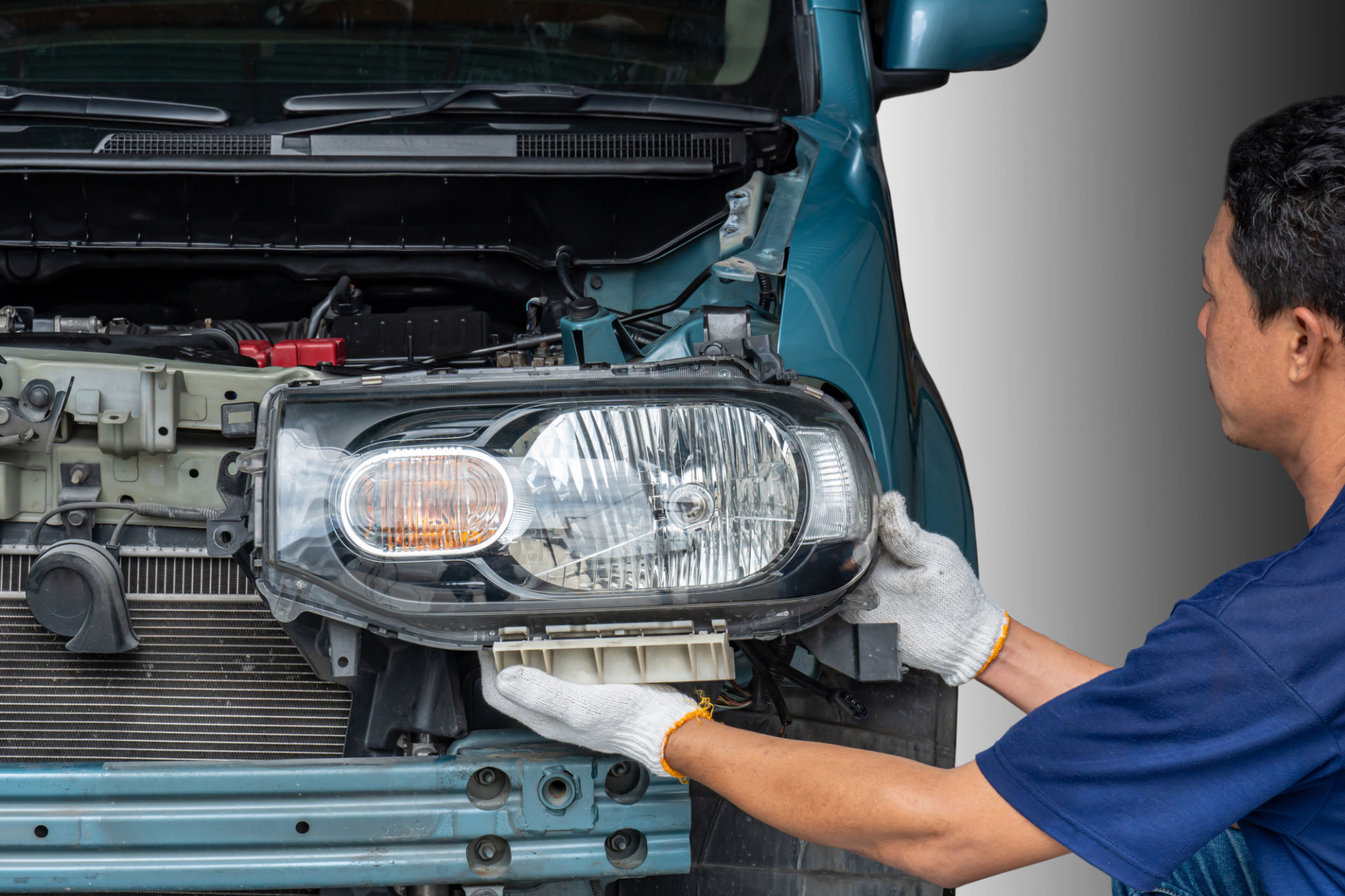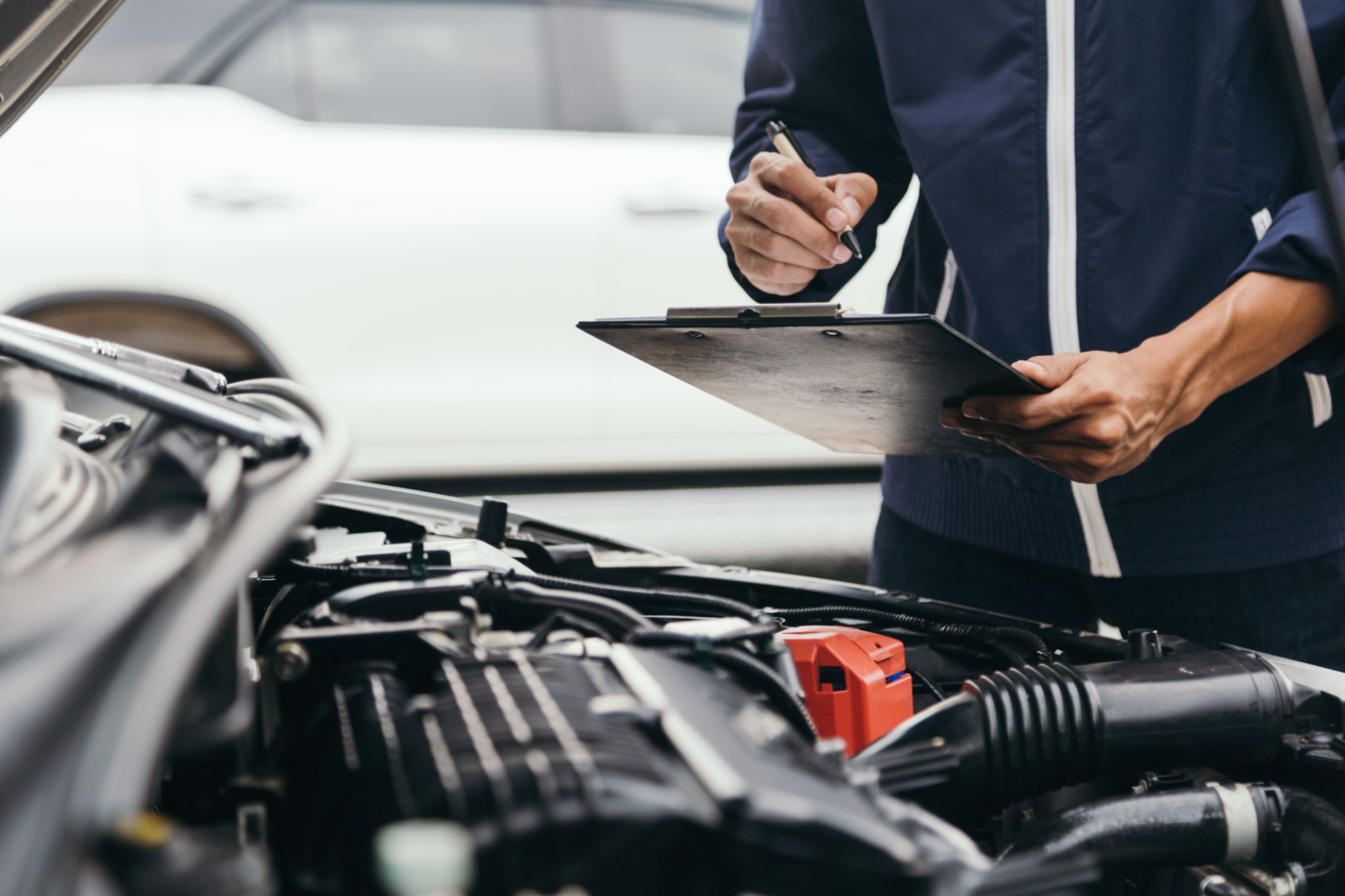How to Diagnose Common Car Light Issues at Home
Understanding Car Light Issues
Car lights are essential for safe driving, providing visibility during night time or adverse weather conditions. When these lights encounter issues, it can be both a safety hazard and a legal concern. Fortunately, many common car light problems can be diagnosed and even fixed at home with some basic understanding and tools.

Identifying the Problem
The first step in diagnosing a car light issue is identifying the specific problem. Common issues include a burnt-out bulb, faulty wiring, or a blown fuse. Begin by checking if the light in question is completely out, flickering, or dim. This can help narrow down the potential causes.
If the light does not come on at all, it could be a blown bulb or fuse. Flickering lights often point to a loose connection or wiring issue, while dim lights might indicate a power supply problem or a dirty lens.
Checking the Bulbs
One of the most frequent causes of car light issues is a burnt-out bulb. To check this, you'll need to access the bulb housing, which usually requires removing a few screws or clips. Once you have access, remove the bulb and inspect it for any signs of damage like a broken filament or blackened glass.
If the bulb appears damaged, replace it with a new one of the same type. Make sure to handle new bulbs carefully, as oil from your skin can shorten their lifespan.

Inspecting the Fuses
If replacing the bulb does not solve the problem, the next step is to check the fuses. Locate your car's fuse box—often found under the dashboard or in the engine compartment—and consult your vehicle's manual to find the specific fuse related to the faulty light.
Remove the fuse and inspect it for any breaks or visible damage. If it's blown, replace it with a new fuse of the same amperage. Always keep spare fuses in your car for such situations.
Examining the Wiring and Connections
For flickering or dim lights, wiring and connections are common culprits. Check all visible wires for any signs of wear, damage, or disconnection. Pay special attention to any connectors or sockets that might have corrosion or dirt buildup.

If you find any loose wires or connectors, securing them properly could resolve the issue. For corrosion, use an electrical contact cleaner to clean the affected areas before reconnecting.
Cleaning and Maintenance
Sometimes, the issue might not be electrical but rather external. Dirt and grime can accumulate on light lenses over time, reducing their effectiveness. Regularly cleaning your car's lights with mild soap and water can drastically improve brightness.
Additionally, consider polishing the lenses with a dedicated headlight cleaning kit if they appear cloudy or yellowed due to oxidation.
When to Seek Professional Help
While many car light issues can be handled at home, some problems might require professional intervention, especially if they involve complex electrical systems or persistent issues despite your efforts. If you're unsure about any aspect of the repair process, it’s always best to consult a qualified mechanic.
Keeping your car lights in top condition not only ensures your safety on the road but also helps avoid potential fines for faulty equipment. With these simple diagnostic steps, you can maintain your car lights efficiently and safely from home.
